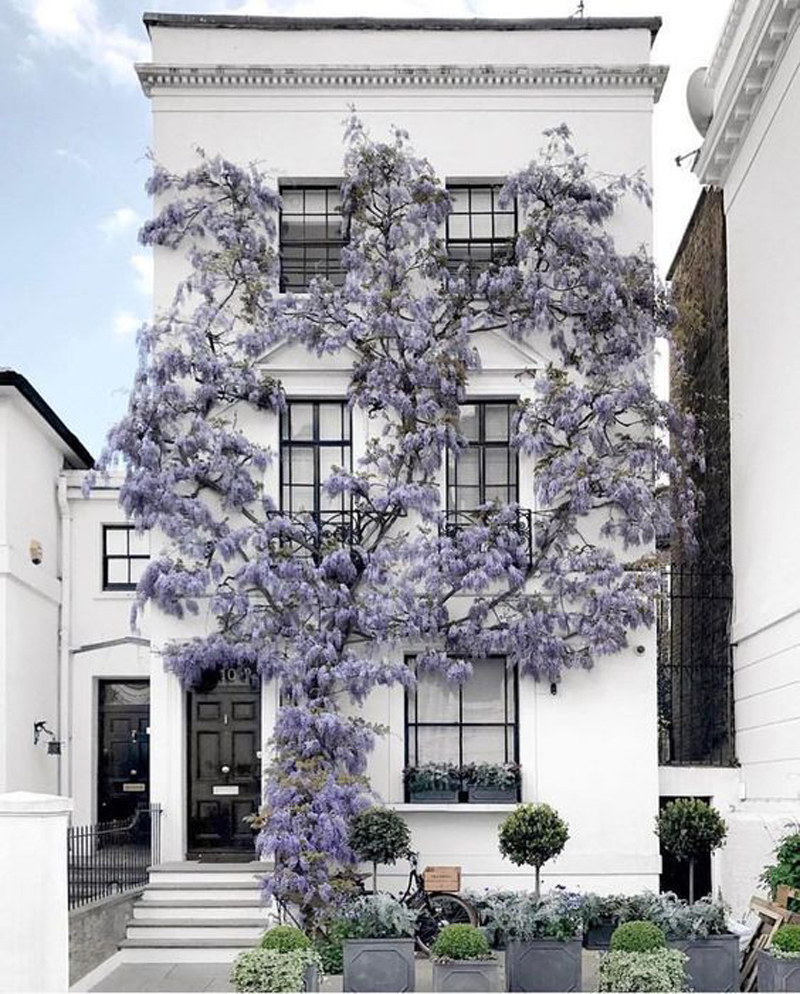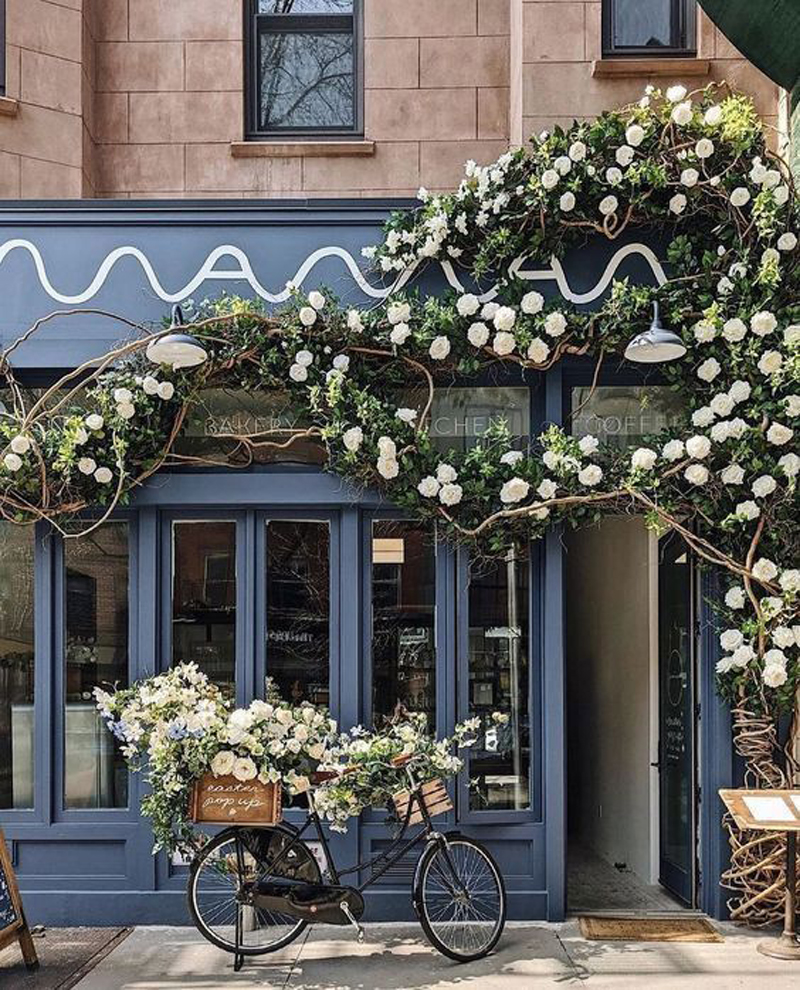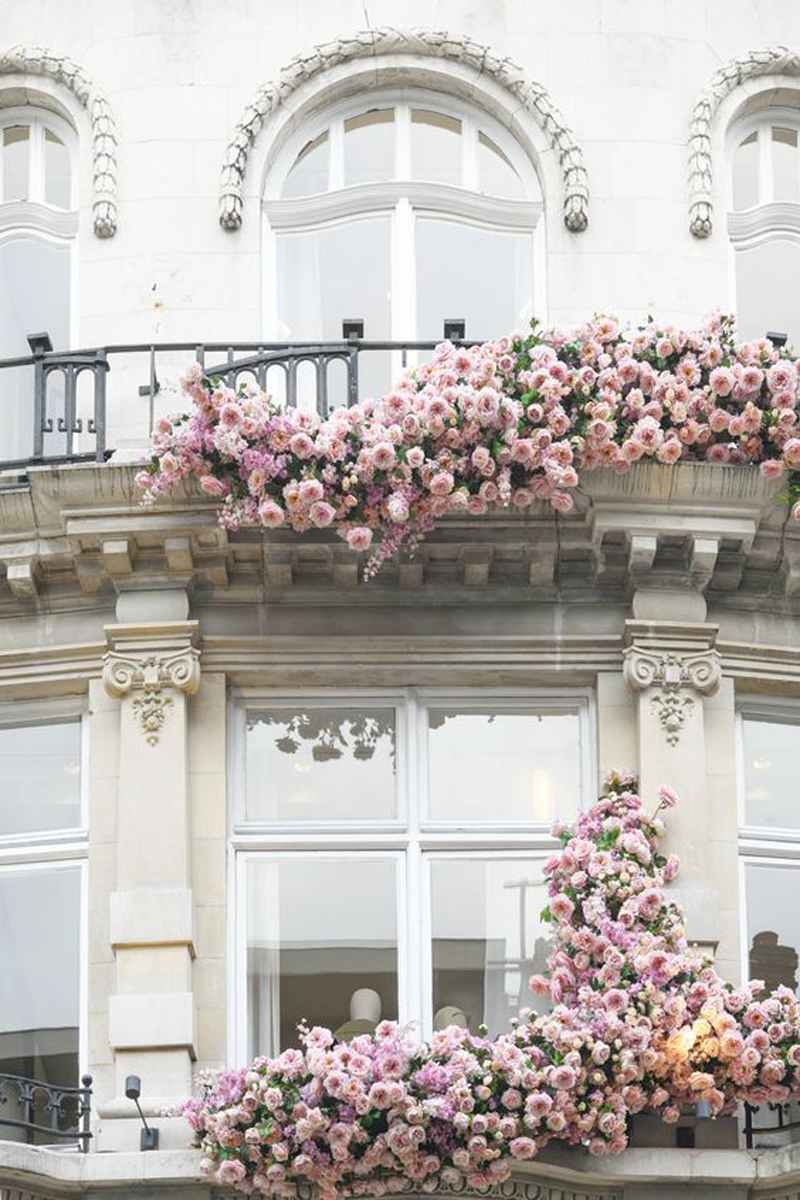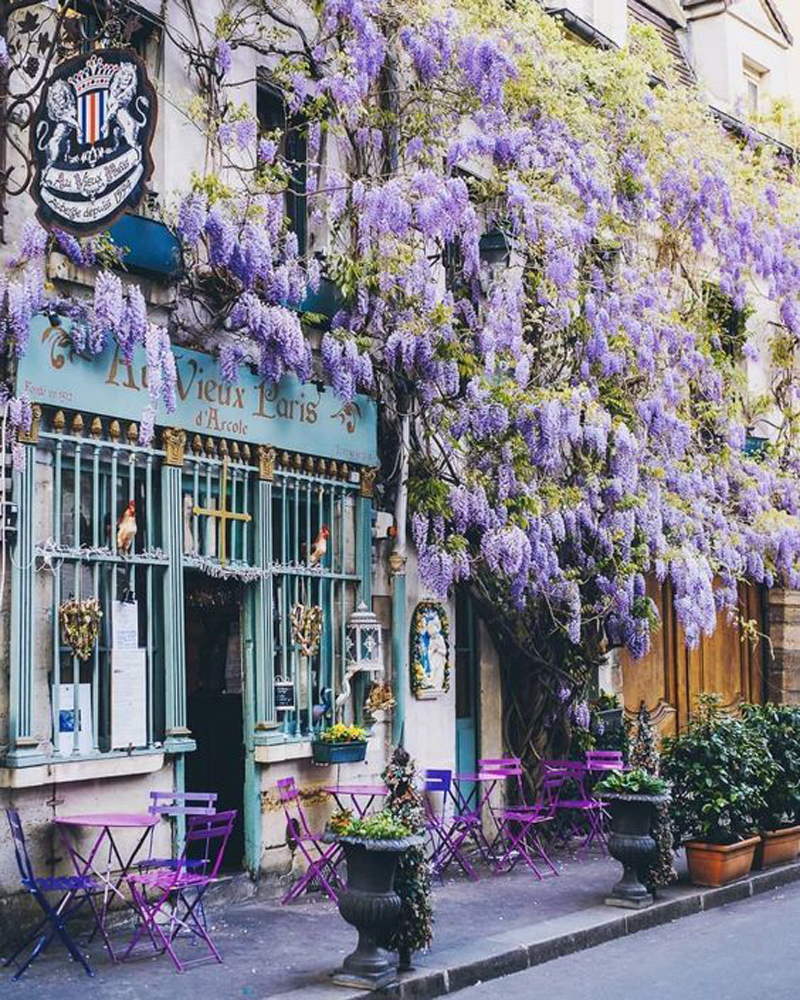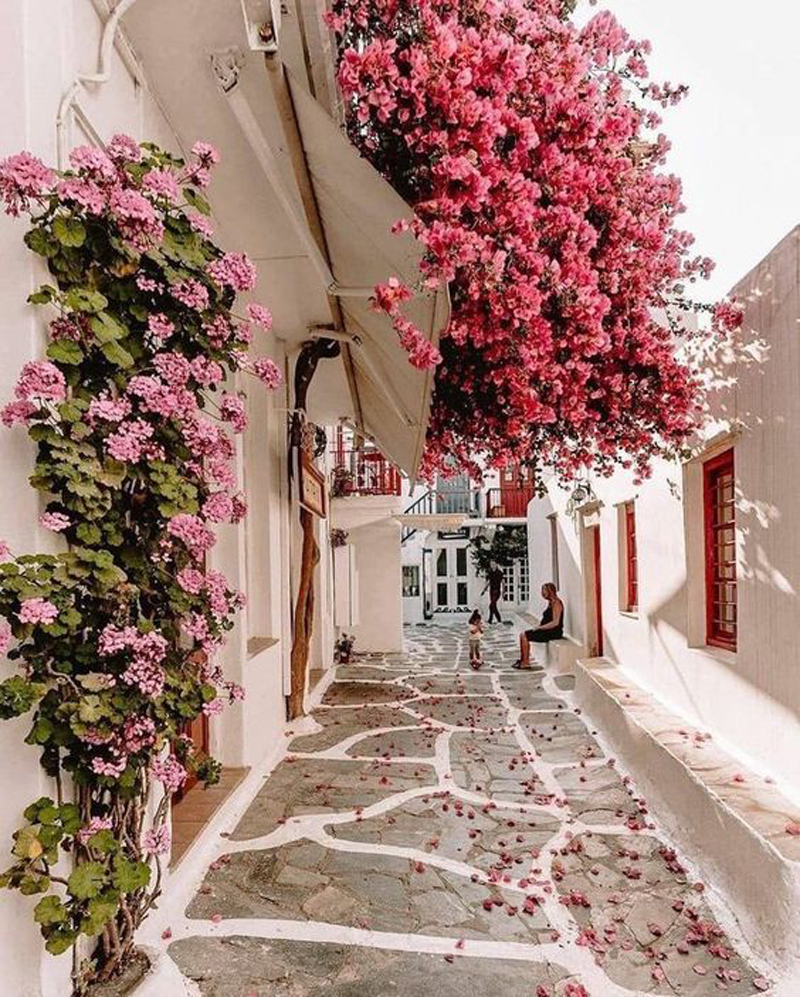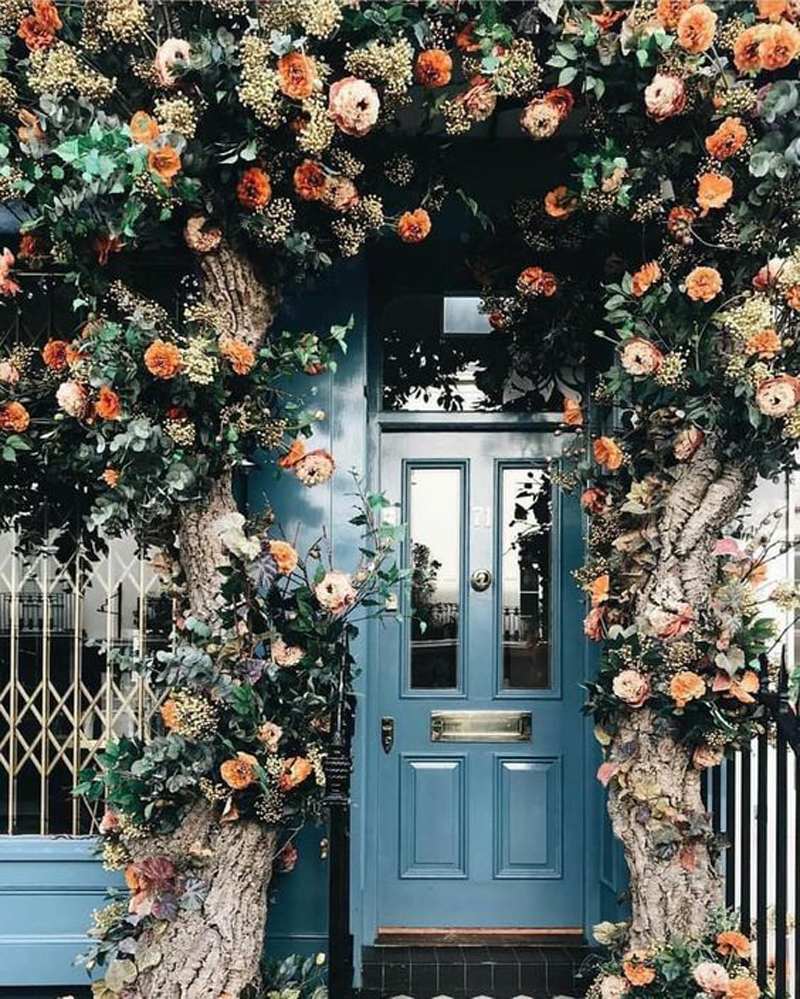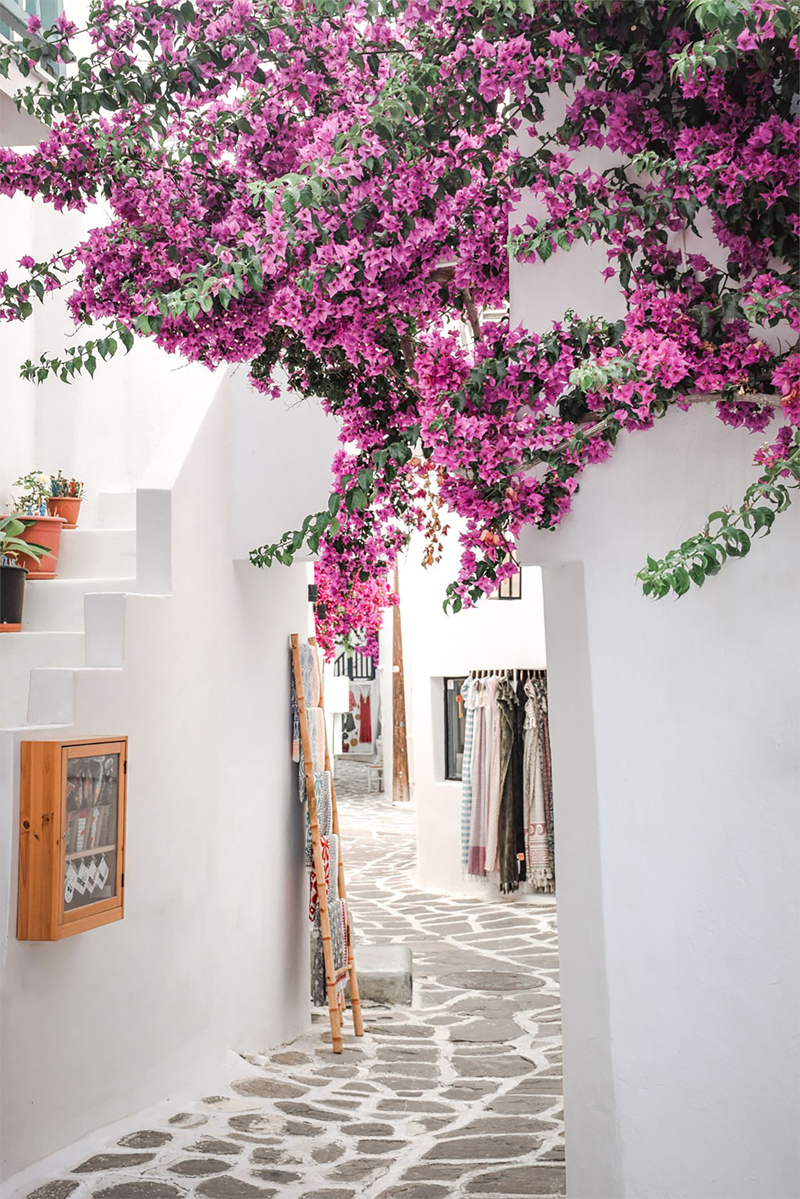Flowers have the power to add color, fragrance, and beauty to our surroundings, and when incorporated into our built environment, they can have a transformative effect on the overall aesthetic. Whether used in landscaping, interior design, or architectural features, flowers can enhance the beauty of our buildings and create a more pleasant and inviting atmosphere.
In landscaping, flowers can be used to create visually stunning and dynamic designs that incorporate different textures, colors, and shapes. Flowers can be arranged in flower beds, borders, or containers, creating a natural and organic feel that complements the surrounding environment.
When used in interior design, flowers can add a touch of elegance and sophistication to any space. Floral arrangements can be used to accentuate the decor of a room, adding a pop of color and texture that enhances the overall ambiance. Flowers can also be used to create focal points or accent pieces, drawing the eye and creating a sense of balance and harmony.
Flowers can also be incorporated into architectural features, such as living walls or green roofs, to create a seamless transition between the built environment and the natural world. These features not only add visual interest to a building, but they also provide a range of environmental benefits, including improved air quality and reduced energy consumption.
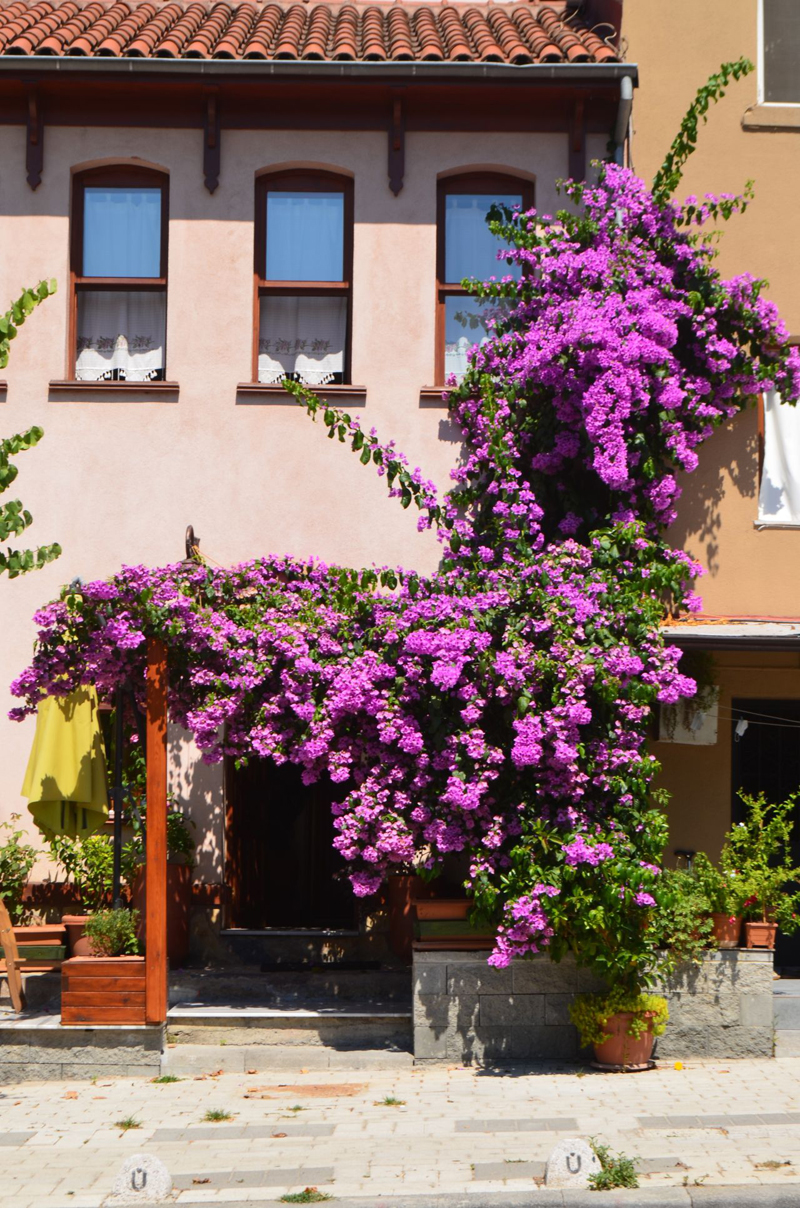
Incorporating flowers and plants into architecture is an innovative approach that can transform the look and feel of a building. This practice not only enhances the visual appeal of a structure but also creates a sense of harmony and tranquility in the surrounding environment.
Architects and designers can use plants and flowers in various ways to add a natural touch to their designs. For example, living walls or green walls can be created by attaching plants to a vertical surface, such as a building facade or an interior wall. These green walls not only serve as an aesthetic element but also provide a range of environmental benefits such as improving air quality and reducing noise pollution.
In addition, plants and flowers can be used in rooftop gardens, courtyards, and indoor spaces to create a sense of tranquility and relaxation. Incorporating greenery into these spaces can help reduce stress levels and improve overall wellbeing, creating a more inviting and productive environment for building occupants.
Another approach to incorporating flowers and plants into architecture is through the use of sustainable materials such as bamboo and wood. These natural materials can be used to create structures that complement the surrounding environment and provide a harmonious blend of architecture and nature.
In conclusion, incorporating flowers and plants into architecture can create a sense of harmony while enabling architects and designers to explore the endless possibilities of sustainable design. By incorporating greenery into their designs, architects and designers can create buildings that are not only visually appealing but also promote a healthier, more sustainable living environment.
